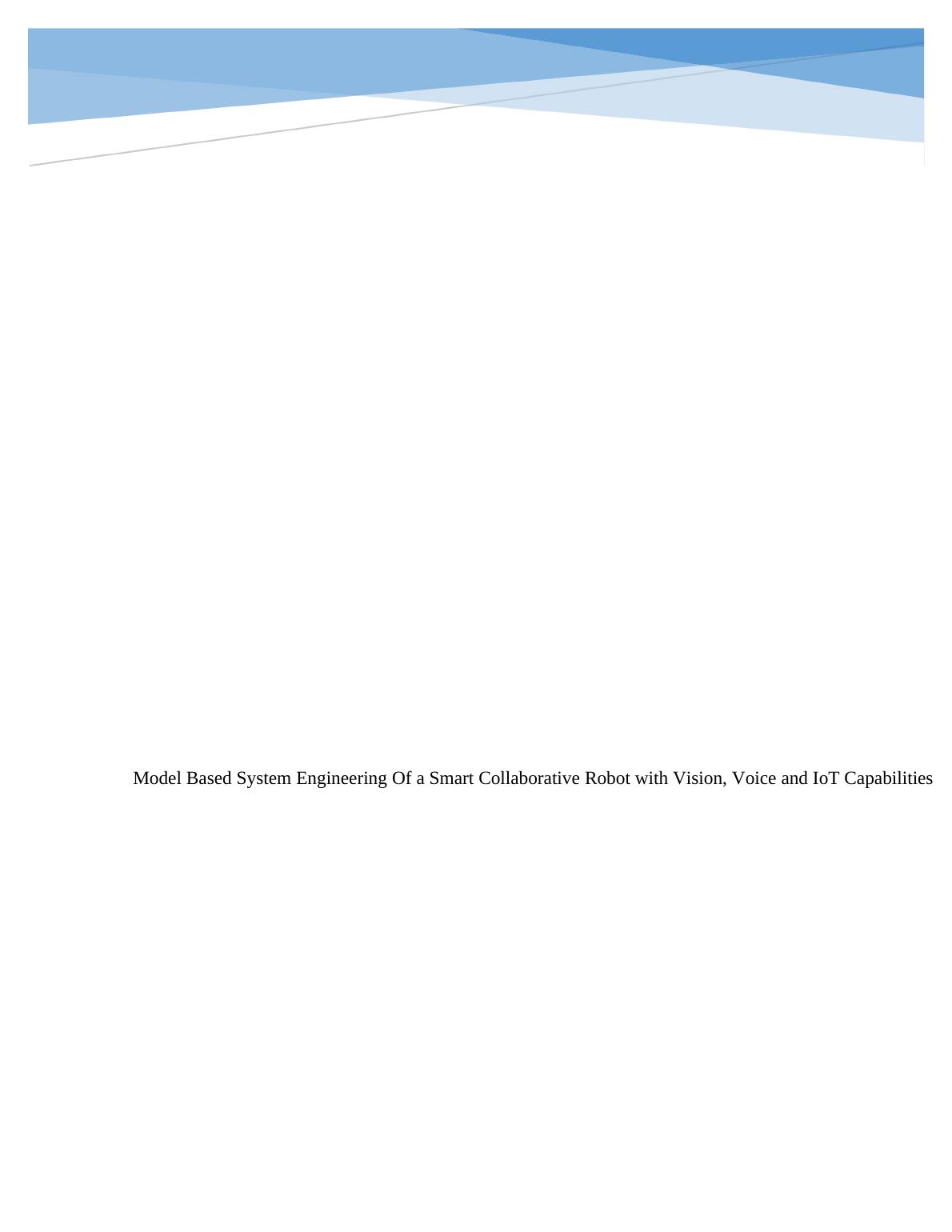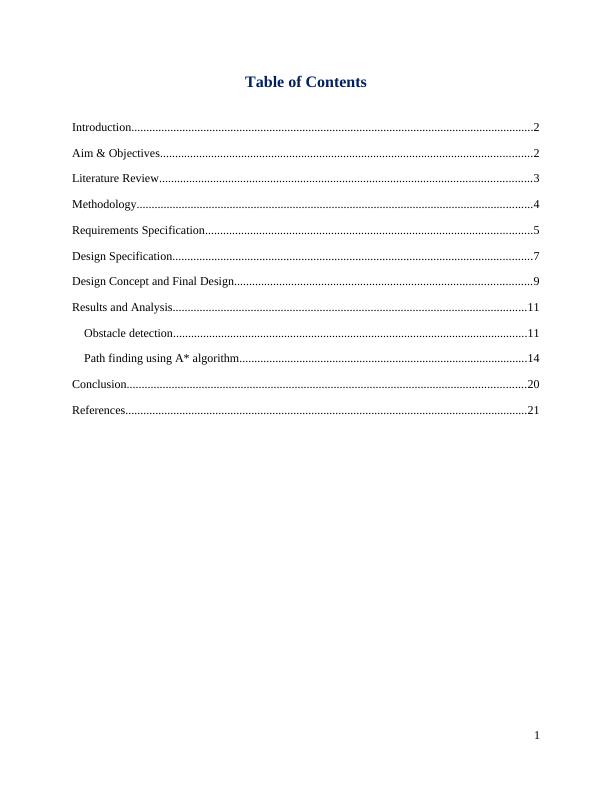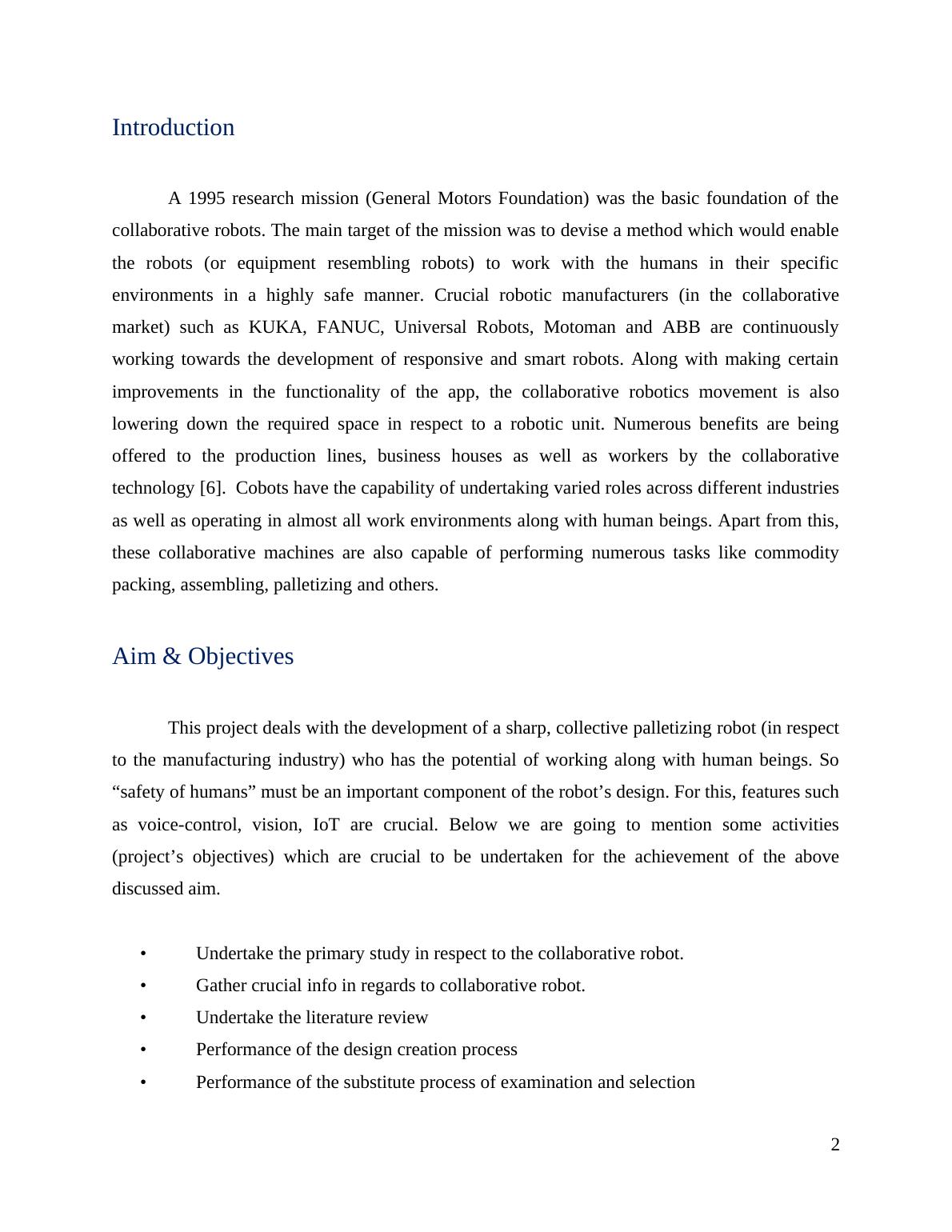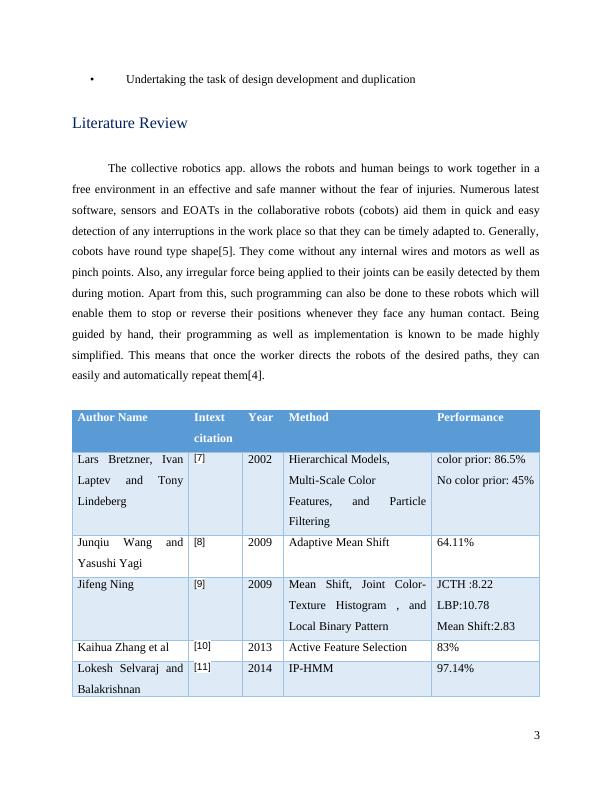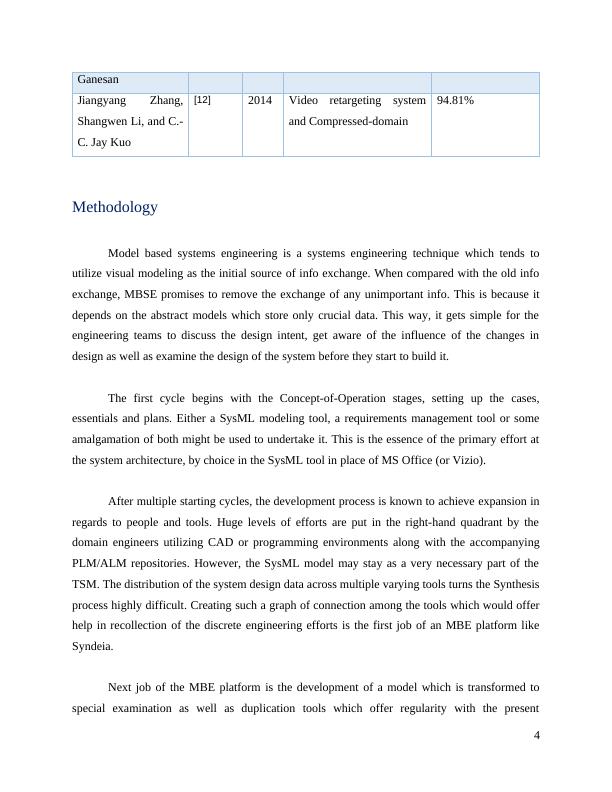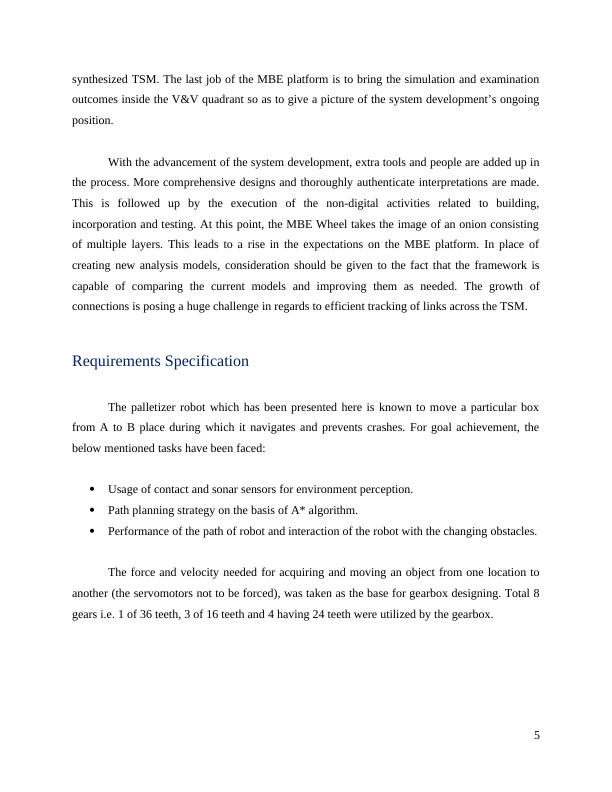Model Based System Engineering Of a Smart Collaborative Robot with Vision, Voice and IoT Capabilities
This coursework is a design study assignment in the field of Mechatronic Systems Engineering and Artificial Intelligence, which assesses the students' knowledge and understanding of scientific principles, methodology, and applications of AI systems. The assignment requires research, analysis, and application of system engineering and AI concepts, as well as the use of tools for modelling, simulation, design, and development of engineering and AI systems.
Added on 2022-09-07
Model Based System Engineering Of a Smart Collaborative Robot with Vision, Voice and IoT Capabilities
This coursework is a design study assignment in the field of Mechatronic Systems Engineering and Artificial Intelligence, which assesses the students' knowledge and understanding of scientific principles, methodology, and applications of AI systems. The assignment requires research, analysis, and application of system engineering and AI concepts, as well as the use of tools for modelling, simulation, design, and development of engineering and AI systems.
Added on 2022-09-07
End of preview
Want to access all the pages? Upload your documents or become a member.

